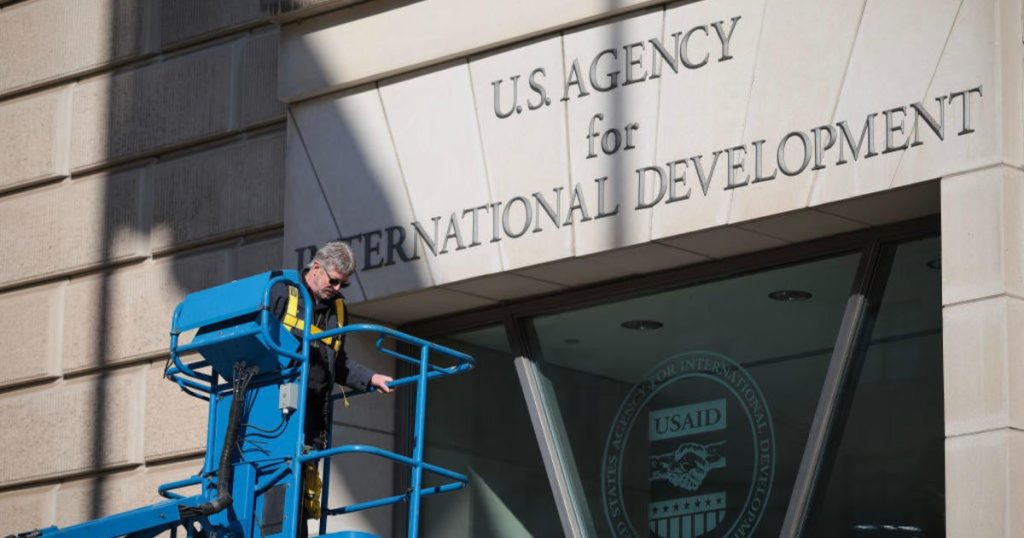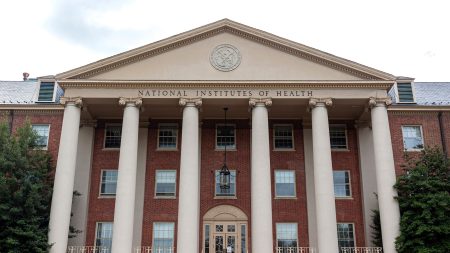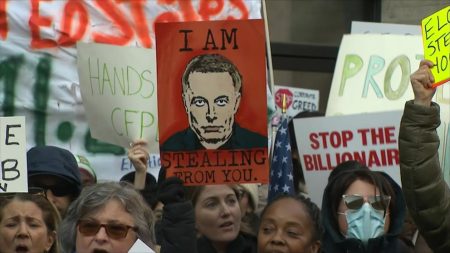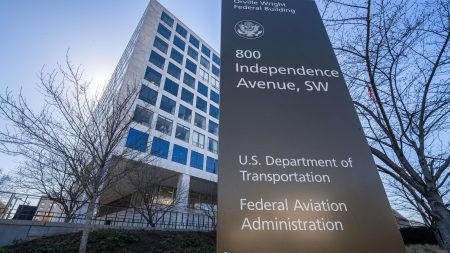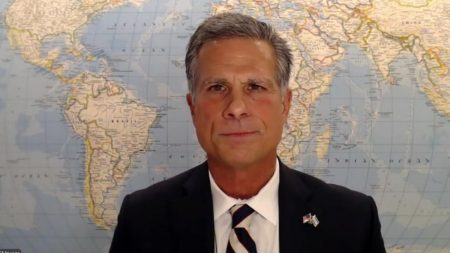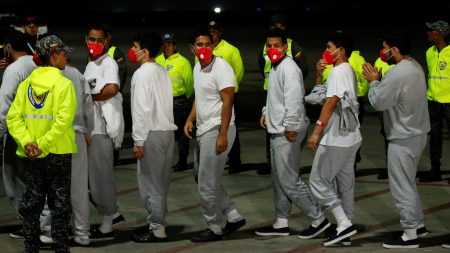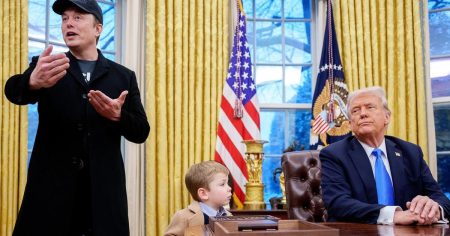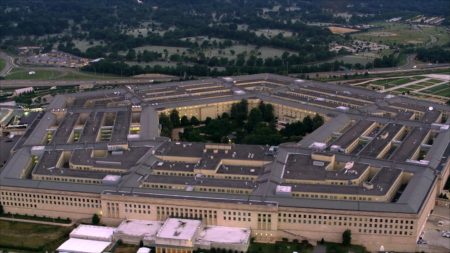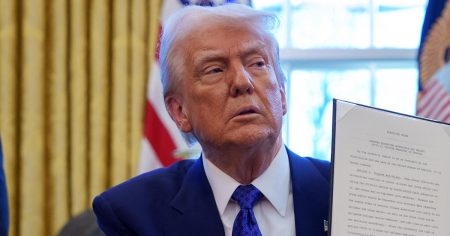Federal Judge Clears Path for Trump Administration to Reshape USAID
Introduction: Court Decision and Its Implications
On Friday, a federal judge ruled in favor of the Trump administration, allowing it to proceed with plans to place thousands of U.S. Agency for International Development (USAID) employees on administrative leave and recall others from overseas posts. This decision, handed down by U.S. District Judge Carl Nichols, who was appointed by President Trump, marks a significant step in the administration’s efforts to overhaul USAID as part of a broader plan to reduce the size of the federal government.
Judge Nichols denied a request for a preliminary injunction from two labor unions representing Foreign Service and civilian employees. Earlier in the month, Nichols had issued a temporary order that blocked the administration’s actions and required the reinstatement of USAID workers who had been placed on leave. However, the judge’s latest ruling allows the administration to move forward with its plans, clearing the way for President Trump to continue his efforts to restructure the agency.
The Legal Battle and Rationale Behind the Decision
In his 26-page decision, Judge Nichols emphasized that the "employment-related injuries" alleged by the unions did not meet the threshold for emergency relief. He agreed with the Justice Department’s argument that the risks to USAID employees placed on administrative leave were "far more minimal than they initially appeared." Nichols noted that the unions had not demonstrated imminent, irreparable harm to their members, particularly regarding the hypothetical future dissolution of USAID.
The judge also pointed out that employees placed on leave could address their concerns through the appropriate government channels for employee complaints. He described the unions’ complaints about changed employment conditions and financial impacts as "archetypal," suggesting that these issues do not necessarily warrant judicial intervention. Furthermore, Nichols indicated that federal laws allow domestic USAID employees or their union representatives to object to being placed on administrative leave, which could limit the jurisdiction of the court in this matter.
The Broader Context of Trump’s Plan to Downsize the Federal Government
USAID has been a key target for President Trump and his administration since his second term began. In January, the president ordered a 90-day pause on foreign aid, causing uncertainty for contractors, nonprofit organizations, and international aid groups. Shortly after, Secretary of State Marco Rubio informed Congress that the administration would begin the process of reorganizing USAID, which has led to significant changes within the agency.
As part of this reorganization, more than 2,100 USAID employees were placed on administrative leave, while approximately 611 staff members were deemed essential and retained. The administration also ordered employees stationed overseas to return to the U.S. These actions have been met with strong opposition from labor unions and nonprofit organizations, leading to multiple lawsuits.
The Impact on USAID Employees and Ongoing Legal Challenges
The decision to place thousands of USAID employees on administrative leave has had significant implications for the agency’s operations and its workforce. USAID employs over 10,000 people, with around 4,800 direct-hire staff stationed in foreign and domestic posts. The administration’s actions have sparked concerns about the agency’s ability to fulfill its mission and the financial and personal challenges faced by its employees.
In addition to the lawsuit brought by the labor unions, another legal challenge has been filed by a group of nonprofit organizations and contractors that rely on USAID funding for foreign aid projects. While Judge Nichols allowed the administration to proceed with placing employees on leave, a separate federal judge has blocked the Trump administration from pausing foreign aid, grants, and contracts while legal proceedings continue.
Trump’s Ongoing Efforts to Reduce the Federal Workforce
The Trump administration’s actions against USAID are part of a broader effort to reduce the size of the federal government. Earlier this week, a federal judge allowed the administration to continue its efforts to slash the federal workforce, declining a request to halt the mass termination of government employees in a separate lawsuit brought by labor unions.
As of Friday, at least 12,000 federal employees have been fired by the Trump administration, according to a CBS News analysis. These actions have drawn criticism from labor unions and advocacy groups, who argue that the administration’s approach is causing unnecessary harm to federal workers and disrupting critical government functions.
Conclusion: The Future of USAID and Federal Employment
The ruling by Judge Nichols has cleared the way for the Trump administration to continue its efforts to reshape USAID, but the legal and political battles over the agency’s future are likely far from over. The administration’s plans have sparked widespread concern among employees, contractors, and nonprofit organizations, who argue that the changes will undermine USAID’s ability to carry out its mission effectively.
As the legal challenges continue, the fate of thousands of USAID employees remains uncertain. The outcome of these cases will not only determine the future of the agency but also set a precedent for how the federal government can restructure its workforce and operations in the years to come. The situation highlights the ongoing tension between the Trump administration’s goals of reducing the size of the federal government and the concerns of those who believe that such actions will have far-reaching and potentially detrimental consequences.





